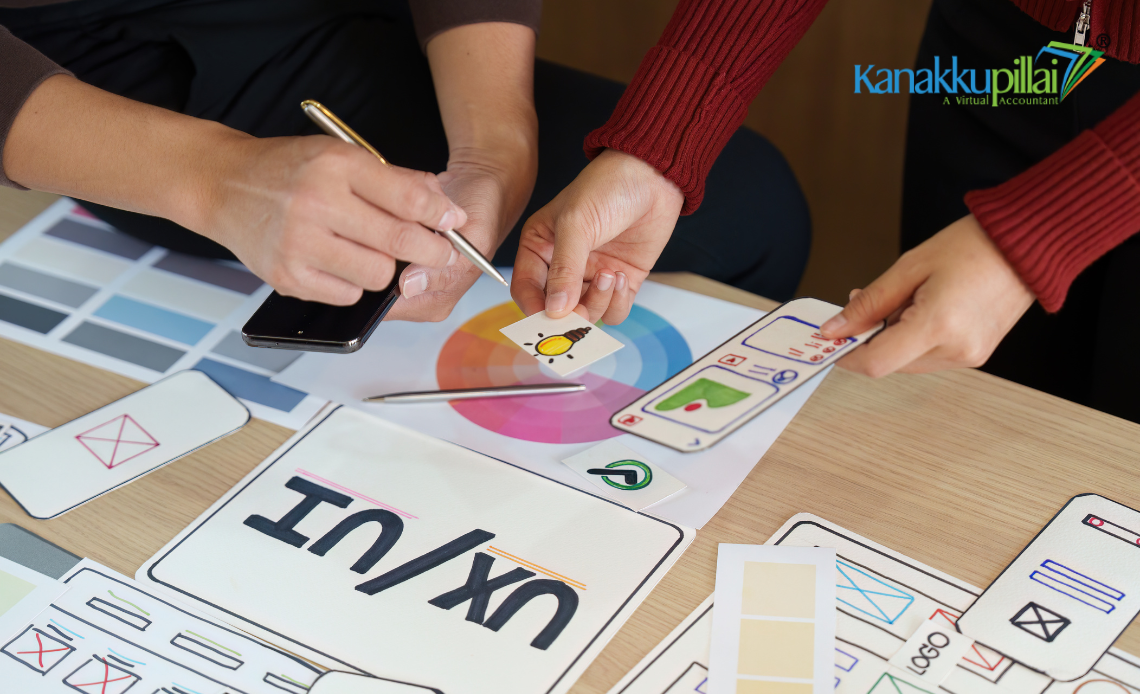In today’s competitive business landscape, innovation and creativity are the driving forces behind success. Whether you are a fashion designer, product manufacturer, or entrepreneur, the uniqueness of your design often sets you apart from the competition. However, without proper protection, your designs can easily be copied, leading to loss of recognition and revenue. This is where Design Registration becomes essential.
In this article, we will walk you through the concept, process, benefits, and importance of design registration, so you can safeguard your creative efforts effectively.
What is Design Registration?
Design registration is a legal process under the Designs Act, 2000 in India (and similar laws worldwide) that protects the unique visual appearance, shape, configuration, pattern, or ornamentation of a product. It does not safeguard the functionality of the product but instead protects how it looks.
For instance, the shape of a Coca-Cola bottle or the distinctive design of a smartphone can be registered and protected under design law. Once registered, no other person or business can use, reproduce, or sell the same design without the creator’s consent.
Why is Design Registration Important?
-
Exclusive Rights – The registered owner gets exclusive rights to use the design for commercial purposes.
-
Prevents Imitation – It ensures competitors cannot copy or duplicate your product design.
-
Business Asset – A registered design can be licensed, franchised, or sold, adding to your company’s intellectual property portfolio.
-
Competitive Edge – Helps differentiate your products in the market by protecting their uniqueness.
-
Legal Protection – Provides a strong legal foundation in case of disputes or infringement.
What Can Be Registered as a Design?
Not all designs qualify for registration. To be registered, a design must:
-
Be new and original (not previously published or used).
-
Relate to the aesthetic features of a product (shape, pattern, ornamentation, or composition).
-
Be visible and applied to an article by an industrial process.
-
Not include functional features or trademarks.
Examples of registrable designs include furniture designs, textile patterns, footwear shapes, electronic gadgets, automobile parts, packaging designs, and more.
The Process of Design Registration
Step 1: Conduct a Search
Before filing, it’s wise to check whether a similar design already exists in the public domain. This avoids rejection during the application stage.
Step 2: Filing the Application
Submit Form-1 along with detailed representations of the design to the Controller General of Patents, Designs, and Trade Marks in India.
Step 3: Examination
The design application undergoes scrutiny to ensure it meets all legal requirements.
Step 4: Publication in the Journal
If approved, the design gets published in the official journal for public notice.
Step 5: Registration & Certificate
Once no objections are raised, the design is registered, and the applicant receives a certificate of registration.
Duration and Renewal
-
A registered design remains valid for 10 years from the date of registration.
-
It can be further extended by 5 years, making the total protection period 15 years.
-
After expiration, the design falls into the public domain.
Benefits for Businesses and Entrepreneurs
-
Boosts Brand Identity: A unique design adds to your brand value.
-
Encourages Innovation: Legal protection motivates creators to develop original designs.
-
Market Expansion: Securing rights builds investor and customer confidence.
-
Revenue Opportunities: Designs can be monetized through licensing agreements.
Common Mistakes to Avoid
-
Registering designs that are already known or published.
-
Overlooking the importance of proper documentation.
-
Assuming that a trademark or copyright offers the same protection.
-
Delaying registration until after a product is launched.
Conclusion
Design registration is not just a legal formality but a powerful tool for protecting creativity, enhancing business value, and gaining a competitive edge in the marketplace. Whether you are a startup or an established business, registering your designs can safeguard your innovations and maximize your returns.
If you have a unique design that differentiates your product, don’t wait until it’s copied. Take the step to register it and secure your creative rights today.



